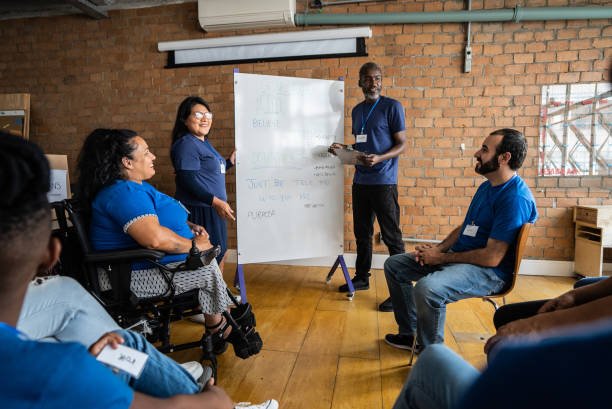Advice for Communities on How to Prepare for and Deal with Disasters
Skip to content
Skip to sidebar
Skip to footer
Advice for Communities on How to Prepare for and Deal with Disasters
Advice for Communities on How to Prepare for and Deal with Disasters


